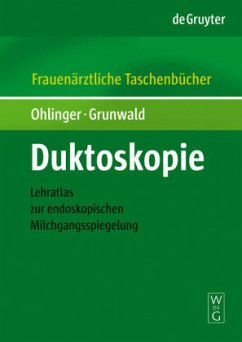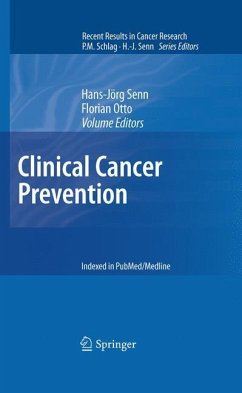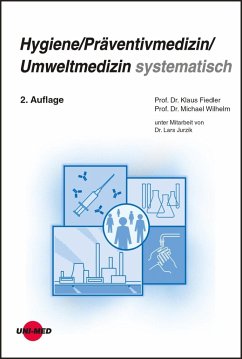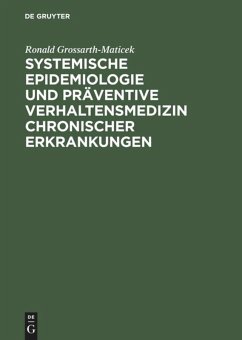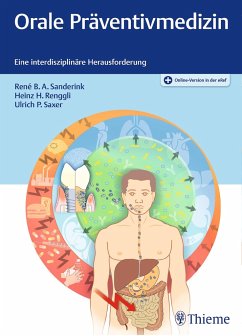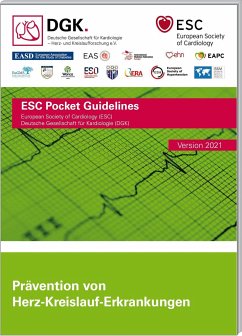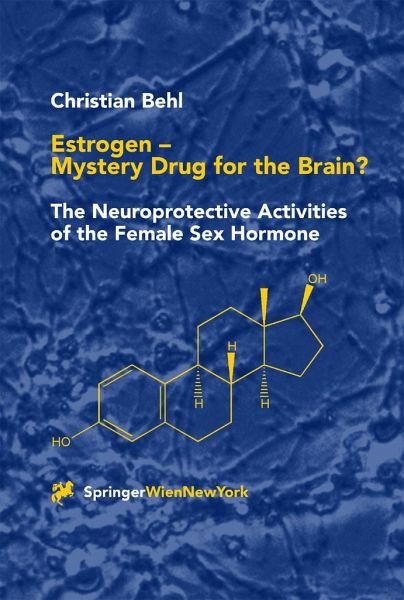
Estrogen - Mystery Drug for the Brain?
The Neuroprotective Activities of the Female Sex Hormone
Versandkostenfrei!
Versandfertig in 1-2 Wochen
77,99 €
inkl. MwSt.
Weitere Ausgaben:

PAYBACK Punkte
39 °P sammeln!
It is well known that estrogen is "somehow" a protective hormone for various age-related disorders. This book provides a solid knowledge of estrogen's neuroprotective activities in the brain with a special emphasis on neurodegenerative disorders such as Alzheimer's Disease. The focus is (1) to describe the biochemical, molecular, and cellular basis of the protective activity of estrogen and (2) to transfer this knowledge into the hospitals by discussing preventive and therapeutic approaches such as estrogen replacement therapy for post-menopausal women.Besides up-to-date information on estroge...
It is well known that estrogen is "somehow" a protective hormone for various age-related disorders. This book provides a solid knowledge of estrogen's neuroprotective activities in the brain with a special emphasis on neurodegenerative disorders such as Alzheimer's Disease. The focus is (1) to describe the biochemical, molecular, and cellular basis of the protective activity of estrogen and (2) to transfer this knowledge into the hospitals by discussing preventive and therapeutic approaches such as estrogen replacement therapy for post-menopausal women.Besides up-to-date information on estrogen and the brain, this book explains in a highly understandable manner molecular and cellular techniques by which basic data have been collected. The reader, which may include the professional specialist as well as the interested non-specialist, will also gain insight into the scientific transfer process of knowledge from basic science to the clinical situation and therefore "from bench to bed".






